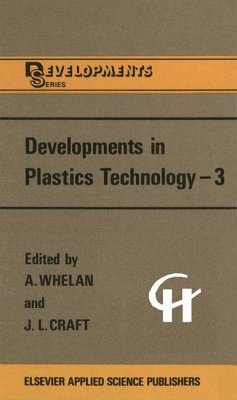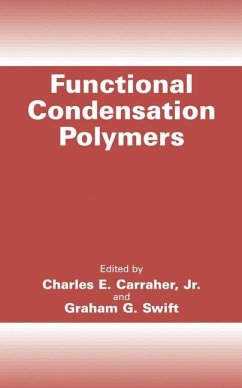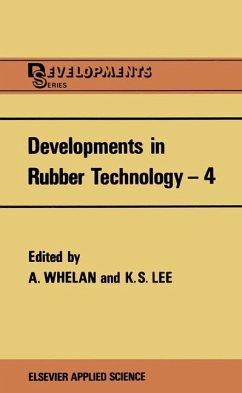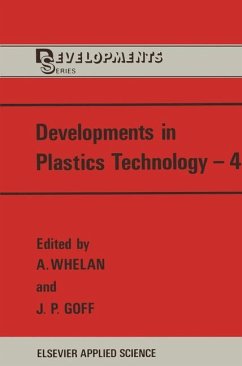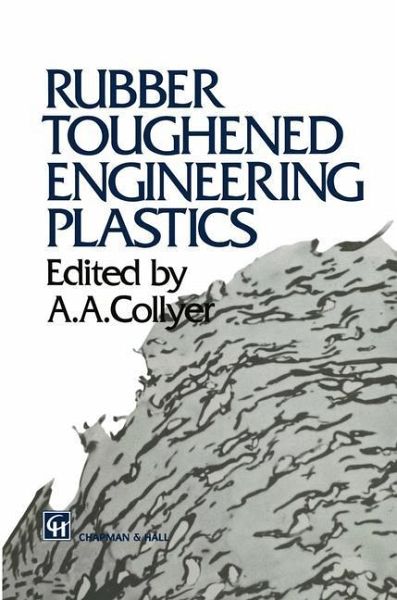
Rubber Toughened Engineering Plastics

PAYBACK Punkte
125 °P sammeln!
Rubber Toughened Engineering Plastics covers the main physical principles involved in optimum toughening in high temperature engineering plastics and speciality plastics and describes the synthetic strategies used to obtain satisfactorily toughened grades in these materials by control of microstructure. This book will act as a focus for current thought on the principles of rubber toughening and the methods employed for the rubber toughening of major engineering and speciality plastics.





